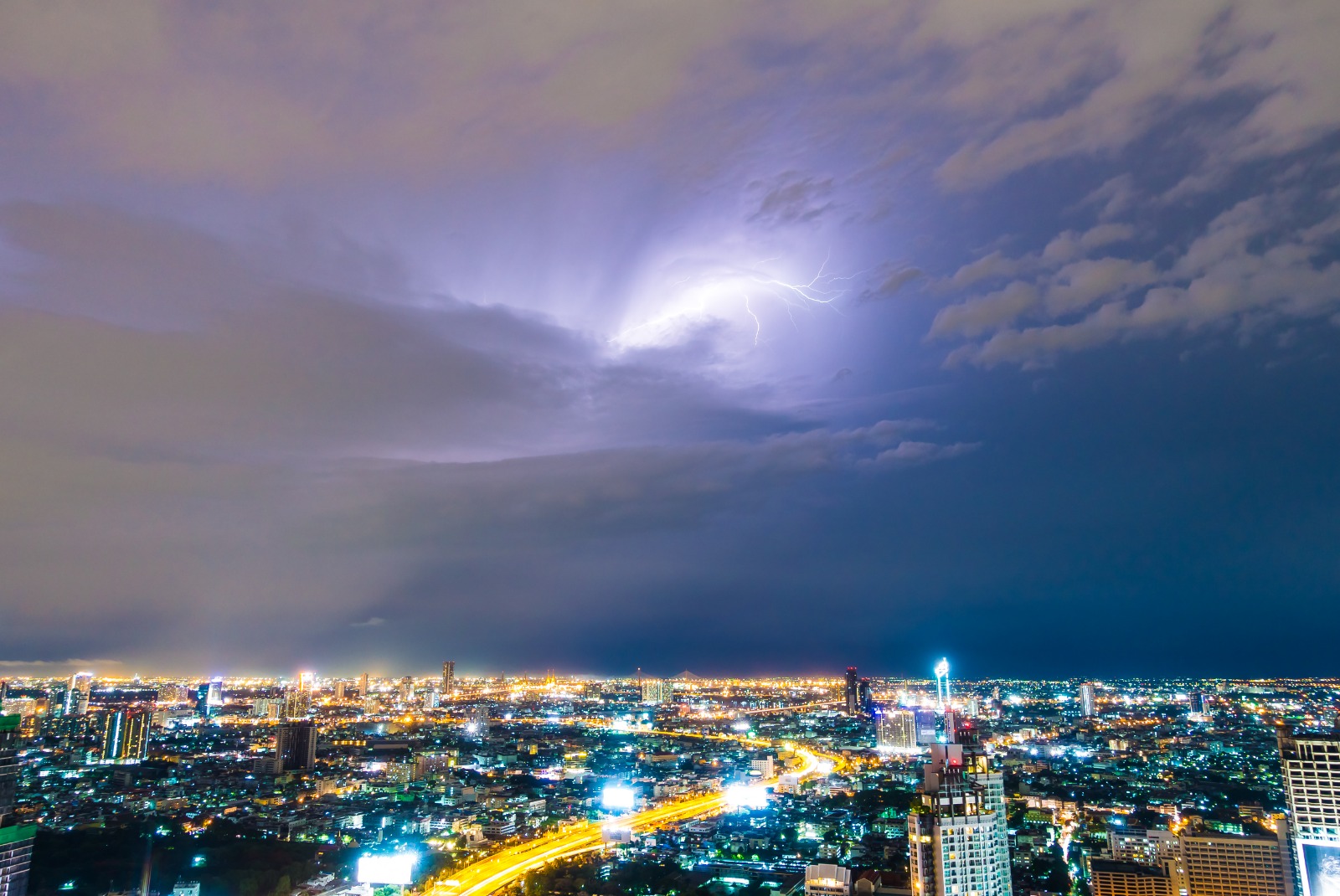The selection of the low voltage surge arresters we use in lightning and overvoltage protection is of great importance in correct protection. The wrong product selection unfortunately results in the breakdown of sensitive devices in many facilities. In order to choose the right product, let’s first look at the types of surge arresters.
AG Surge Arrester Classes
AG Surge Arresters are basically 3 types. Network surge arresters, which we call Type 1 or Class B, are used for lightning protection. This type of products should be used in main boards. Network surge arresters called Type 2 or Class C are used in secondary panels. Finally, Type 3 D class network surge arresters are used for the protection of endpoint sensitive systems (camera, UPS, data, etc.).
AG Surge Arrester Parameters
Another important factor for us to choose the right surge arrester is to know what the parameters of the surge arrester mean. Now let’s look at what these parafurd parameters mean.
-Uc Operating Voltage
Uc operating voltage is the maximum operating voltage that can be applied to the surge arrester continuously. Values are 220 V, 12 V, 400 v etc.
2-Ut Transient Overvoltage
Ut transient overvoltage is the maximum voltage that the surge arrester can withstand for 5 seconds without being damaged. It is important that the surge arrester is not affected by the network voltages that change from time to time.
3-Discharge Current (In and Imax)
- The maximum discharge current is the maximum current that Imax Type 2 surge arresters can withstand without being damaged in the 8/20 microsecond curve.
- The rated discharge current is the impulse current that In Ti 1 and Type 2 surge arresters can carry without being damaged. It can withstand 15 consecutive blows.
4-Pulse Current Iimp
The impulse current is the current that Type 1 surge arresters can withstand without being damaged in impulses (lightning strikes) in the 10/350 microsecond curve.
5-Up Protection Level
It is the voltage value that the Up Surge Arrester carries on when it carries the nominal discharge current to the ground, which is called the maximum protection voltage. The lower this value, the better the protection. According to the IEC 60364 standard, 2.5 kV Up must be provided for 230/400 voltage inputs and 1.5 kV Up must be provided for the protection of electrical-electronic equipment.




